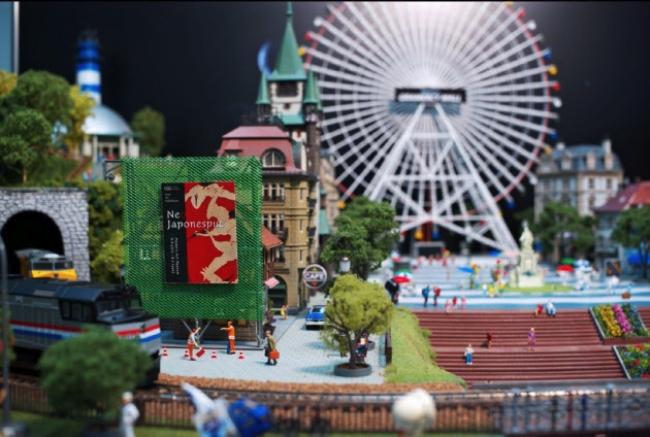
In summary, thanks to its curved surface, the sensor is able to make better use of incoming light, leading to less vignetting (darkened corners) as well as improved sharpness. In our original coverage, we explained in detail how this sensor works and why it delivers superior image quality.

At that time, Sony claimed that it was ready to produce the sensor in significant numbers, but apart from a picture of one of the first specimen, we had no proof that the technology was actually working. This has now changed thanks to a first photograph allegedly taken with one of Sony’s new curved sensors, shared by Japanese website Nikkei.jp.
While the picture itself is rather unspectacular, it proves not only that the sensor actually works, but it also shows off one of the benefits of the technology, namely a lack of vignetting. Since the picture has apparently been taken at a wide aperture, as we can tell from the shallow depth of field, vignetting due to field curvature would have been expected with a regular, flat sensor. The photograph taken with the curved sensor, however, shows none.
Unfortunately, the resolution of the image is very low, so we cannot judge whether the curved sensor design actually delivers the sharpness improvements it promises, especially in the corners. And due to a lack of EXIF data, there’s also no telling whether the sensor also delivers better signal-to-noise ratio, as Sony claims.
At the very least, we have the first working proof of Sony’s new sensor technology, and that is very promising, as it means that we can expect it to appear in actual commercial camera models very soon. While we currently don’t know when that will be and what kind of camera the sensor will first be used in, it is safe to assume that it won’t be paired with a zoom lens, as that is currently still a problem according to Nikkei.jp’s report.
We will keep you updated with any news on this topic.
(Via Mirrorless Rumors)


